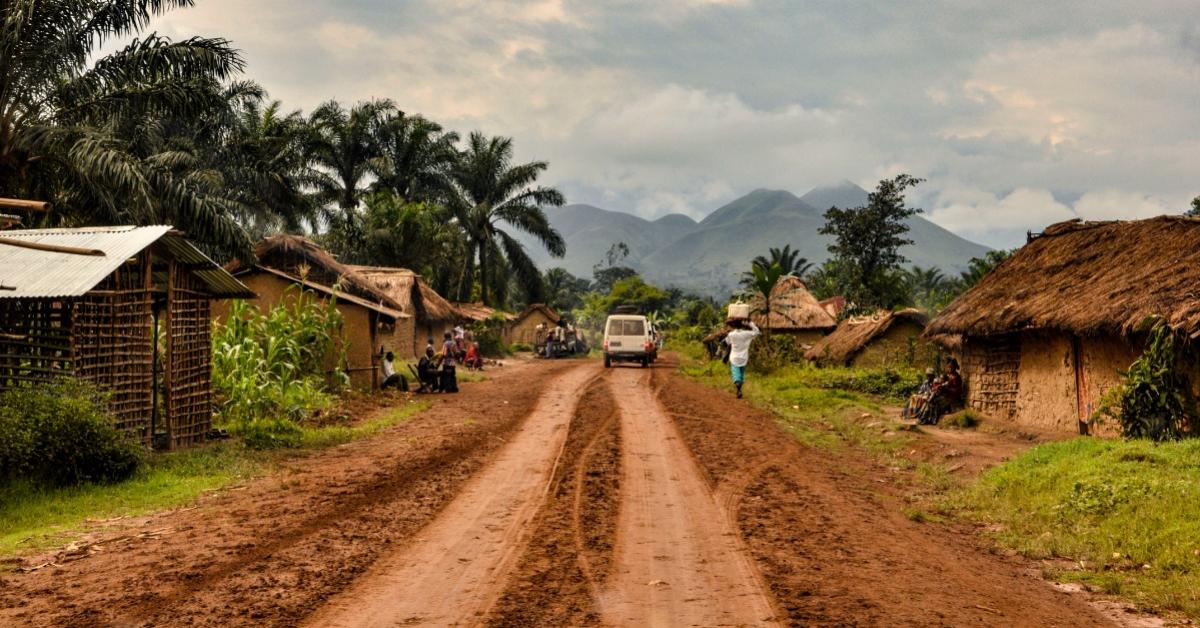Stories cannot substitute for historical facts even when people want these stories to be true. With the influence of Black Lives Matter, resurrecting the atrocities of Western colonialism has become fashionable. The death of George Floyd revived a torrent of anticolonialism sentiment in Western societies fueled by resounding demands for governments to atone for the sins of colonialism. Although the colonial legacy of Western powers is tainted by dastardly acts, exaggerations of violence must be condemned. Using history as a political tool only pollutes public discourse in the long run.
Listening to activists is quite different from reading an academic study. Mainstream outlets will inform readers that Europeans committed atrocities in Africa and the West Indies, though the same outlets are unlikely to comment that such brutalities provoked outrage in Europe and often led to commissions of inquiry. Western colonialism could be brutal, but it was also a critical movement that encouraged introspection.
The current narrative has given a warped view of the Western colonial project, and some nations are more maligned than others. Unfortunately, Belgians are being singled out for attacks on the basis that they have failed to repent for the policies of King Leopold II, who established the Congo Free State in 1885. Unsurprisingly, because the chronology of events is ignored, debates about Belgium’s involvement in the Congo are mired in ignorance. Inaccuracies are parroted as facts to the detriment of true learning, and one can be painted as racist for exposing falsehoods. Nonetheless, the truth should be told to halt the distortion of history.
It’s the norm to vilify Belgians for the horrors that occurred during the reign of King Leopold II of Belgium. However, Belgium was a reluctant colonial power, and the Congo Free State was the pet project of King Leopold II. Leopold envisioned Belgium becoming a colonial power, but his efforts were rebuffed by the Belgian government. Leopold thought that colonies were profitable and could bolster Belgium’s presence on the global stage. To legitimize his project, Leopold sold his plan as a humanitarian attempt to end slavery and modernize Africa. His diplomatic tactics proved successful. With the endorsement of the Berlin Conference, he founded the Congo Free State as a private entity controlled solely by him.
King Leopold II was a marginal figure in Western history until Adam Hochschild highlighted him in his book King Leopold’s Ghost. Hochschild claimed that ten million Congolese died due to the policies of King Leopold II. Indeed, it is true that Leopold presided over a brutal labor regime, but the figure cited by Hochschild is outrageous and has been denounced by leading historians. Hochschild’s arguments are guided by the eminent historian Jan Vansina, who estimates that between 1880 and 1920, the population of the Congo diminished by at least half. Though Hochschild is yet to recant, Vansina has revised his own estimates.
Using these figures, Hochschild asserts the following in his book:
Only in the 1920s were the first attempts made at a territory-wide census. In 1924 the population was reckoned at ten million, a figure confirmed by later counts. This would mean, according to the estimates, that during the Leopold period and its immediate aftermath the population of the territory dropped by approximately ten million people.
This assessment is problematic because Hochschild is assuming that absent Leopold’s rule, the Congo’s population would instead be twenty million in 1924.
However, the administration of the Congo Free State lacked the resources and organizational ability to create such a huge dent in the Congo’s population. Validating Hochschild’s numbers would mean that the regime of Leopold either directly or indirectly annihilated large swathes of the population on a yearly basis during his reign. Yet this seems unlikely based on the geographical reach of the Congo and the size of Leopold’s staff complement. Moreover, Hochschild tries desperately to rehabilitate his credibility by suggesting that the weakening of the population caused by the policies of the Congo Free State made sicknesses and social ills worse.
His reasoning, however, is erroneous, because even a benevolent regime would not have mollified the impact of diseases to a great degree. Africa’s eastern and central regions were plagued by epidemics in the early twentieth century, and historically, epidemics have episodically swept through African societies. Africa’s environment is conducive to the flourishing of diseases. Although good governance helps to mitigate the consequences of epidemics, these diseases still have a ravaging effect on society.
Further, Leopold’s critics have omitted that he was a forerunner in the quest to combat sleeping sickness in the Congo. In 1903, he requested that the Liverpool School of Tropical Medicine provide a mission to the Congo Free State. The disease was rigorously studied by researchers, and the Congo Free State swiftly implemented the recommendations of these experts. To combat the ailment, camps to nurse the sick were built and staffed by Catholic nuns. The Congo Free State even instituted diagnostic methods to promote early treatment of sleeping sickness. Belgium organized the most successful campaign to combat sleeping sickness of any European colony and was lauded by other European powers.
King Leopold II was not perfect, but neither should we believe the gruesome depiction painted by activists. An increase in population for some parts of the Congo during the colonial era was even observed by Jan Vansina, who opines that “contrary to expectations, the Kuba population was actually rising rather than falling during the first two decades of the colonial era.” However, Leopold II did oversee atrocities. Therefore, a commission of inquiry was launched to investigate abuses that occurred under his watch. Because these atrocities ignited outrage in Europe, the Belgian government decided to make the Congo its colony to prevent future abuses. Belgian colonialism led to improvements in areas such as healthcare and primary education.
Economically, Belgian colonialism accelerated capital investment in the Congo. Relative to other colonies, the Congo was at the pinnacle of per capita capital investment. By 1938, the Congo had been the recipient of forty-eight dollars of foreign capital per inhabitant. In British India (including Burma and Sri Lanka), this sum amounted to eight dollars; in the Dutch Indies, thirty-six dollars; in French African colonies, twenty-five dollars; in British Africa, thirty-two dollars; and eighteen dollars in Portuguese Africa.
Historian David K. Fieldhouse renounces partisan critics of colonialism by describing the Congo’s success after the reign of King Leopold II:
Yet, after the Congo became a full Belgian colony in 1908, the Belgians again typified the period by creating one of the most efficient and benevolent colonial regimes to be found in Africa. Finally, the disasters which followed Congolese independence in 1960 demonstrated more forcefully than anywhere else how dangerous it was to end imperial control before a dependency was adequately prepared for freedom.
In sum, the narrative about Belgium’s intervention in the Congo—like many others—is just another exaggerated story. It would be more prudent for activists to focus on the millions who died in warfare under the Democratic Republic of Congo’s independent rule.




